In the scorching summer of 2025, applause filled the air at Xiaomi's launch event for its second electric vehicle. Lei Jun gently pressed the remote in his hand, revealing the seamless connectivity features between the iPhone and Xiaomi cars on the screen behind him. He spoke lightly but with underlying sharpness: 'Since Apple stopped making cars, we have paid special attention to Apple users.' This seemingly ordinary statement unveiled one of the tech industry's most dramatic cross-sector rivalries. After ten years and a $10 billion investment, Apple's Titan Project exited quietly, while Xiaomi, in just four years, secured nearly 300,000 orders for its SU7 sedan and the new SUV YU7, becoming one of the few consumer electronics giants to successfully venture into car manufacturing.
This stark contrast in outcomes is no mere coincidence; it reflects two fundamentally different business logics fiercely clashing on four wheels. Apple sought to redefine the future of transportation but became lost in a technological maze. In contrast, Xiaomi opted to be a pragmatic player building on the shoulders of giants, finding its way through industrial collaboration. This confrontation reveals not only the strategic divergences between the two companies but also a profound clash between technological thinking and manufacturing principles, a power struggle within different industrial ecosystems in a globalized era.
Unpacking the reasons behind Apple's failure and Xiaomi's breakthrough may offer valuable insights into innovation, pragmatism, disruption, and legacy for all companies attempting cross-industry ventures. Apple's Titan Project was burdened from the outset with the heavy mission of reinventing the automobile, leading to fluctuating internal goals: from a pure electric vehicle to fully autonomous L5 driving, and even rumors of a no-steering-wheel design. Apple attempted to reconstruct the automotive industry using the disruptive paradigms of the smartphone era, but this obsession with leapfrog innovation led to a vicious cycle of inflated ambitions and confused pathways. Over ten years, the project changed leaders five times, with repeated adjustments to its development direction, ultimately failing at the technological bottlenecks of autonomous driving and production challenges.
Apple's automotive venture essentially represents the disillusionment of the Silicon Valley myth of disruption when faced with manufacturing barriers. The strategic error lies in confusing the boundaries between possibility and feasibility; L5 autonomous driving remains an unfulfilled industry ideal, with even pioneers like Tesla and Waymo only achieving advanced driver-assistance in specific scenarios. Apple attempted to skip the natural evolution of the industry, trying to enter the market with an ultimate product, which contradicts the capital-intensive, technology-intensive, and regulation-heavy nature of the automotive sector. As industry insiders noted, 'Apple is not trying to build a car; they want to create an iPhone on four wheels.'
Xiaomi's breakthrough path, on the other hand, is characterized by a pragmatic approach to industrial integration. From the beginning, Lei Jun defined car manufacturing as his last entrepreneurial venture, utilizing his personal reputation to enforce precise strategic positioning: instead of pursuing disruptive innovation, Xiaomi aims to empower the automotive industry. The design philosophy behind the Xiaomi SU7 reveals similarities with fluid dynamics optimization ideas found in some luxury brands. Its battery system architecture also subtly reflects the solutions of industry leaders. Additionally, the production process is a result of Lei Jun's visits across multiple sites, coupled with Xiaomi's own R&D capabilities. This strategic path of effectively integrating various advantageous resources has allowed Xiaomi to avoid the pitfalls of overly aggressive technological routes encountered by some tech giants.
More importantly, Xiaomi successfully transferred its ecosystem collaboration experience from consumer electronics to the automotive landscape. While iPhone users grapple with Apple's ecosystem's closed nature, Xiaomi has achieved seamless connectivity among smartphones, smart homes, and vehicles. Unlocking cars with Xiaomi phones, controlling home appliances via the in-car system, and casting phone navigation onto the vehicle's screen are seemingly minor experience optimizations that strike at the pain points of young consumers. As industry experts have pointed out, 'When young people's lives are surrounded by Xiaomi products, choosing a Xiaomi car becomes a natural ecological extension.' This strategic difference is particularly evident in the ways resources are invested.
While Apple spent $10 billion over ten years without achieving mass production, Xiaomi established its own factory and achieved delivery with an initial investment of 10 billion yuan, rooted in the precision of resource allocation. Apple squandered funds on elusive autonomous driving R&D while Xiaomi invested in supply chain integration and user experience enhancement. The former attempted to create a revolution from scratch, while the latter focused on refining existing concepts, leading to markedly different outcomes. The deeper reasons for Apple's failure and Xiaomi's success lie in their vastly different understandings of the industrial ecosystem.
China's mature electric vehicle industrial ecosystem offers Xiaomi structural advantages unattainable for Apple. This advantage stems from a combination of policy guidance, supply chain accumulation, and market cultivation over more than a decade. China's new energy vehicle industry has formed a complete industrial chain, from lithium mining to vehicle manufacturing, bolstered by over 5,000 automotive parts companies in the Yangtze River Delta region alone, capable of supplying everything from chips to batteries.
When Xiaomi announced its foray into car manufacturing in 2021, it did not have to build a supply chain from scratch like Apple; instead, it could directly integrate established resources like CATL's batteries, Hesai Technology's LiDAR, and Desay SV's in-car electronics. This plug-and-play supply chain advantage enabled Xiaomi to move from project initiation to mass production in just three years, while Apple is still stuck in the prototype stage after a decade. Supportive policies also give Xiaomi an additional edge. China's subsidies for purchasing new energy vehicles, favorable licensing, and charging infrastructure developments create the world's most friendly market environment. For instance, Xiaomi's SU7 can directly access green plates in Shanghai and is exempt from purchase tax, whereas Apple would face stringent environmental regulations in California and lobbying resistance from traditional automakers in Detroit for a similar project.
This disparity in policy environments positions Xiaomi at a higher starting point from the outset. In contrast, Apple’s automotive plans have faced persistent challenges from the beginning. The U.S. lacks a complete electric vehicle supply chain, relying on imports for critical components, which drives up R&D costs. The strong influence of labor unions also raises manufacturing costs, exemplified by labor disputes at Tesla's Texas factory. Consumer preferences for domestic automakers further hinder Apple's market penetration. Additionally, the regulatory framework for autonomous driving technology in the U.S. remains incomplete, leaving the legality of L5 autonomous driving in question, which fundamentally undermines Apple's technological route.
Xiaomi's supply chain strategy serves as a textbook case of crisis avoidance. Lei Jun has clearly learned lessons from the smartphone era; the 2016 incident of losing AMOLED screen supply due to offending Samsung highlighted the importance of supply chain autonomy for Xiaomi. Upon entering the automotive sector, Xiaomi strategically invested in over 100 suppliers through Shunwei Capital, achieving strategic stakes from battery raw materials to in-car chips, ensuring supply chain security while lowering procurement costs. This deeply integrated supply chain system is precisely what Apple lacks.
The differences in talent strategy are also noteworthy. Xiaomi did not depend on Silicon Valley's software talents like Apple but instead looked to the technical backbone of traditional automakers. By poaching talent, they quickly filled gaps in automotive engineering. This posture of learning from traditional automakers allowed them to avoid pitfalls in safety regulations and manufacturing processes. In contrast, Apple's Titan project team, primarily composed of software engineers, lacked automotive industry experience, resulting in multiple failures in collision tests and ultimately missing the market window.
The differences in user bases also create a significant gap in market acceptance. With 380 million MIUI users accumulated from smartphones and home appliances, Xiaomi has a natural pool of seed users for its automotive business. These fans have high brand recognition, are price-sensitive, and prioritize technological experiences, aligning perfectly with the target demographic for electric vehicles. However, Xiaomi's success is not without concerns. Allegations of design plagiarism from Porsche regarding the SU7, trust crises stemming from autonomous driving incidents, and pressures from insufficient production capacity are challenges it must confront.
Apple's lessons serve as a cautionary tale; the complexity of the automotive industry far exceeds that of consumer electronics, where any oversight can lead to crises. As Lei Jun announced that Xiaomi cars will achieve profitability by 2025, Apple's Titan Project has long been shelved. The takeaway from this competition is clear: automobiles are not a stage for tech giants to flaunt their prowess but an arena that requires respect for industrial laws.
Xiaomi's Second Electric Car Launch: A Dramatic Showdown with Apple
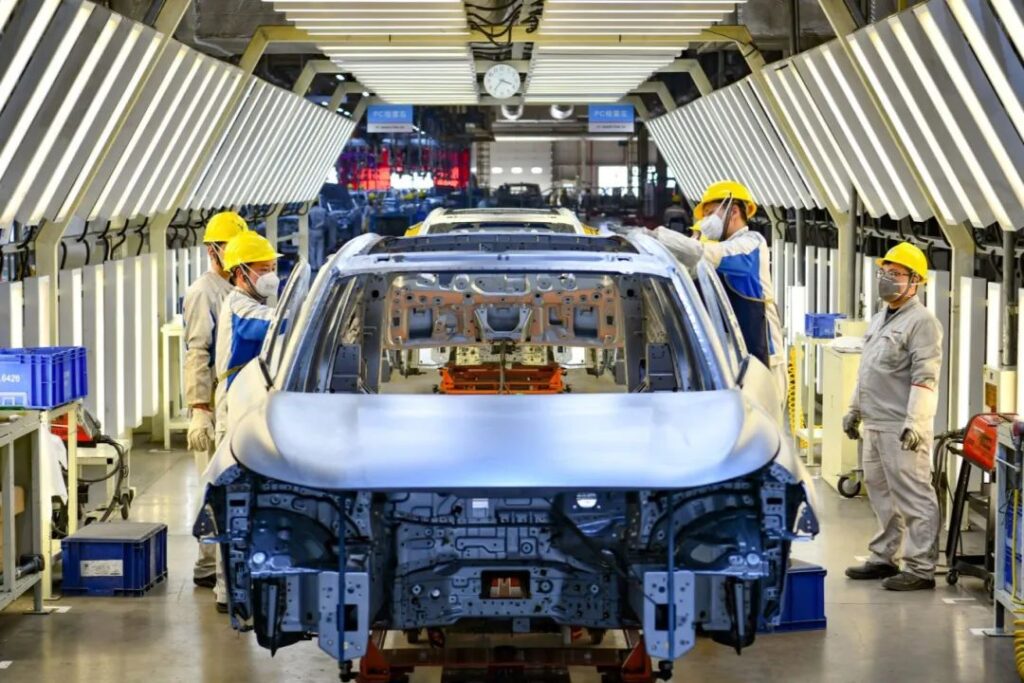
Images
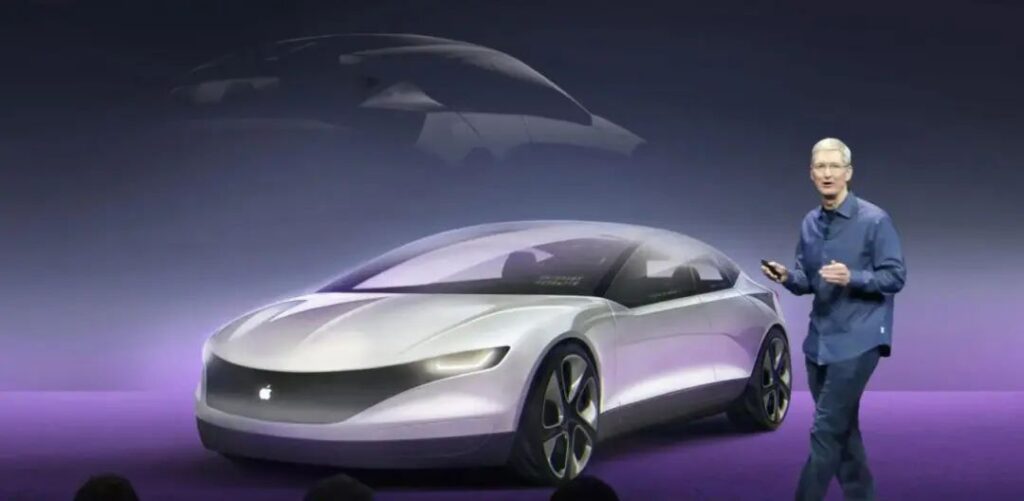
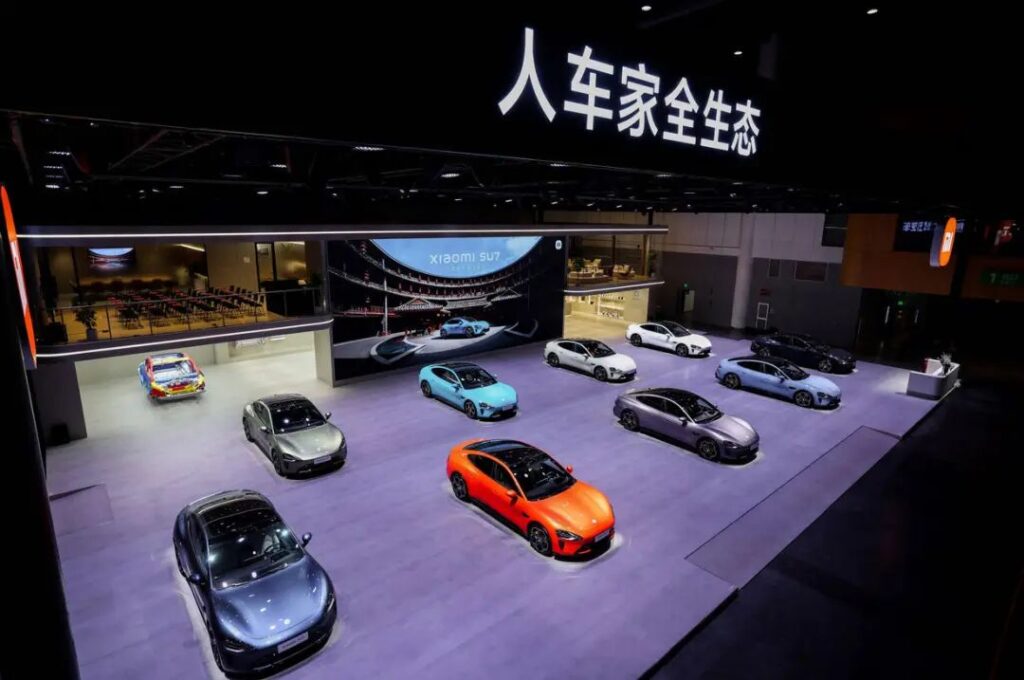
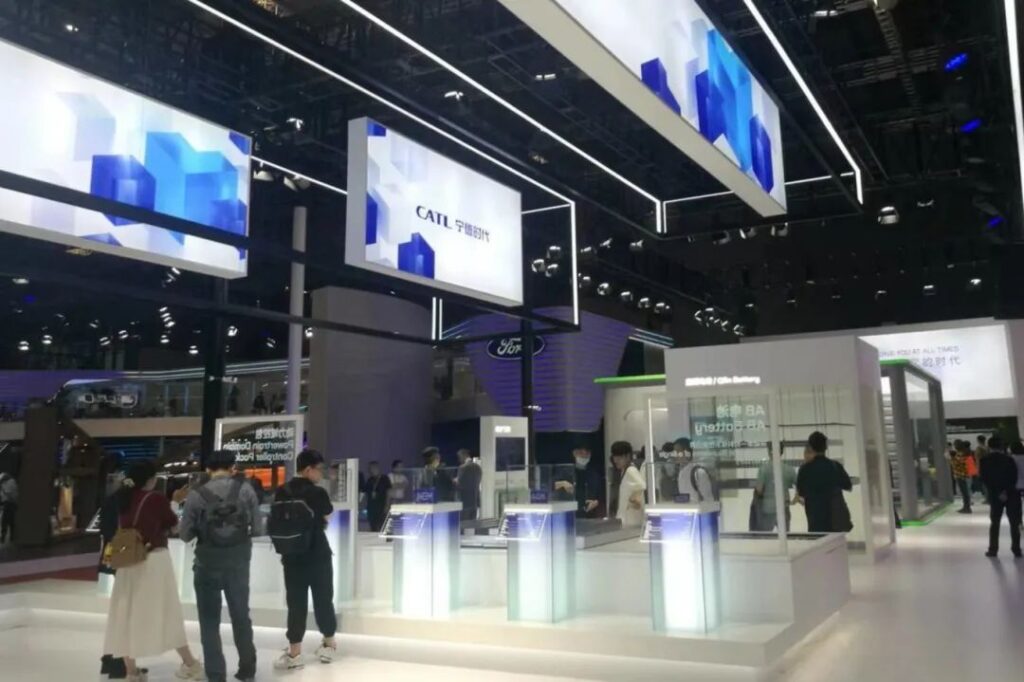
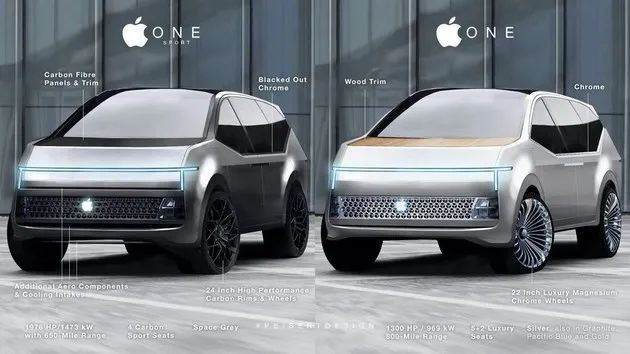
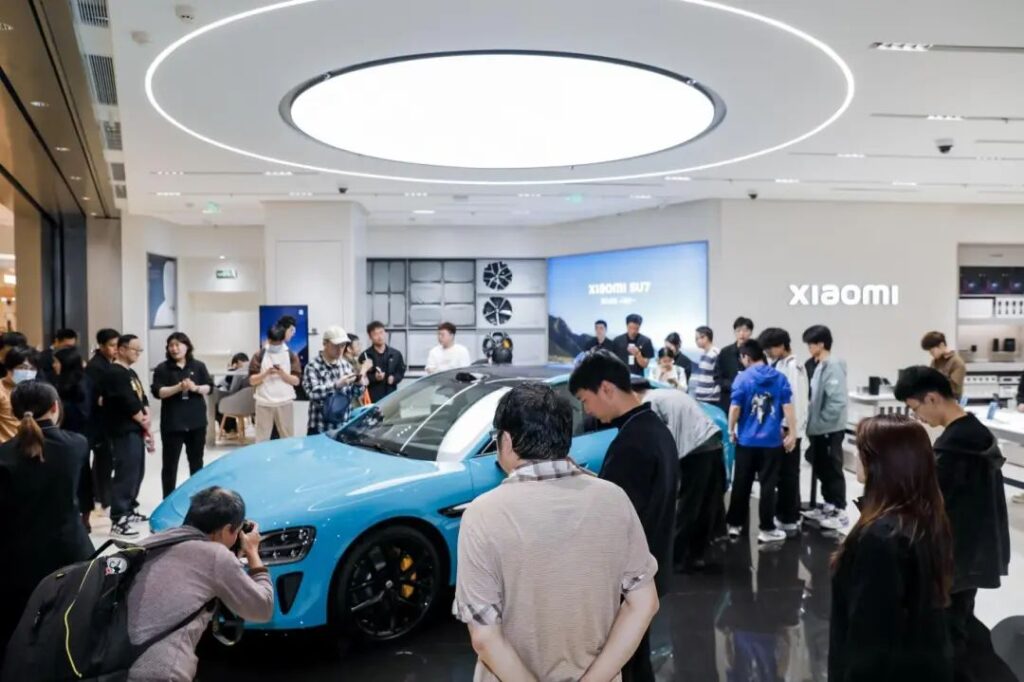
Share this post on: